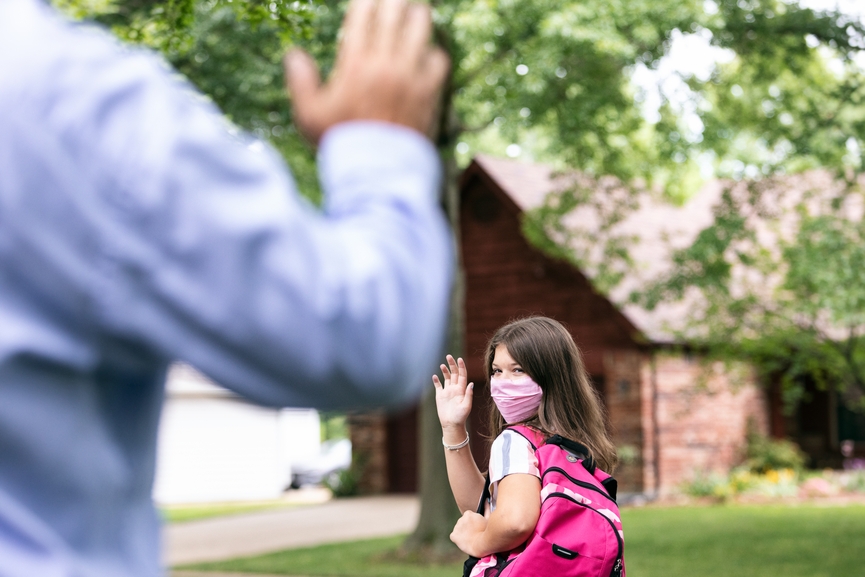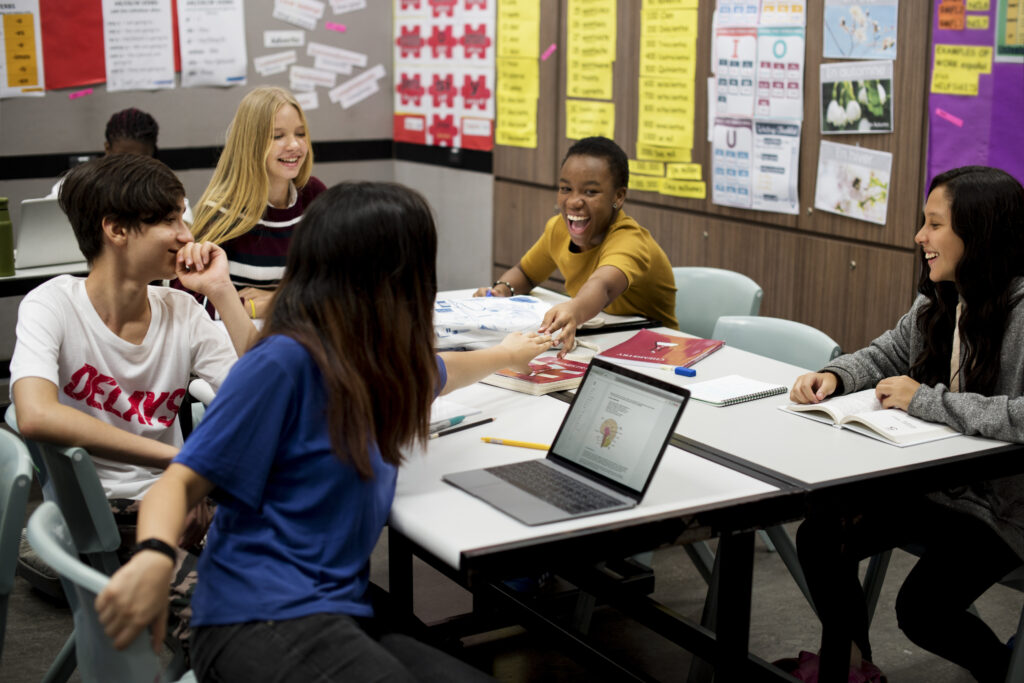
How School Reopening Committees Are Getting Stuck
School system leaders have my complete and total respect and admiration.
While state and federal leaders will express opinions, the decision about how to reopen schools will be local decisions. School system leaders and their boards will be the ones to say to students, teachers, and parents, “OK, this is what we are going to do.” They will have to face their community with the consequences of the choice and they feel the weight in every decision. No school leaders are sleeping well.
I have been working with five districts to help get plans in place. I have sought to be a thought partner and broker of options and examples. I come to this with great humility. I do not know how to lead schools in a pandemic; no one does.
In the course of this work, I am starting to see trends emerge that may point to ways we can help more schools get to stronger plans. I share these early impressions in the hope these patterns can help others and that you will share feedback and ideas to help us learn more as well.
The reopening committees I am working with are all trying to fill some version of this template.
Some committees are getting to specifics. However, many are understandably getting stuck.
The design complexity is a real part of the challenge. I saw one leader tweet: “Planning for reopening school this fall is like playing a game of 3D chess while standing on one leg in the middle of a hurricane.” We can reduce complexity by mapping the choice points and patterning options, but there are just not enough detailed schedules out there yet.
But I am seeing other root causes of the “stuckness”:
1. MOST OFTEN, I AM SEEING COMMITTEES GET STUCK BECAUSE THEY ARE NOT CLEAR ABOUT INTERNAL OR INTERAGENCY DECISION-MAKING.
- Internal: We did not get clear enough upfront about how this decision will be made.
-
What this looks like: I’ve seen a number of committees form and then dig right into the question “what are we going to do?” without asking “how are we going to decide what we are going to do?” Who recommends the plan? Who has to agree? Who should inform? Who decides? One impact of decision-making confusion is that it takes more time and energy to get to a plan; long video calls without decisions are often a symptom of this unclarity.
-
What unlocks this version of stuckness: Leaders create clarity about decision-making by naming decision makers and decision-making expectations. Every time I have seen a reopening committee create a RAPID model for the key decisions they are facing, it has sped up their planning significantly.
-
- Interagency: We don’t know if we are supposed to make this decision.
- What this looks like: There is real and crippling interagency confusion about who is proposing what elements of reopening plans. Does the county health office create the health directives, or do we reference the CDC’s guidelines, or do we create the proposal? School officials often do not feel equipped to make decisions about things like the health directives they will use for a given phase of viral outbreak. They are also used to getting a great deal of specific direction on how to run schools in the form of laws and rules that are largely absent or unenforceable right now. This can lead committees to underestimate just how much they need to decide. I see this at play when I hear a leader say, “Let’s just wait to see what happens or what they say.”
- What unlocks this version of stuckness: Often this is solved with empathy and leader empowerment. I find myself reminding school system leaders, “Even if the CDC, state, or county releases updated guidance, this will still be a decision that is deferred to you and your board. I know you are not an epidemiologist and that it feels crazy that you are the one making this decision, but this is what local control in a pandemic feels like. Consult the experts in your community, review the guidance, and make the best decision you can with the information you have right now, knowing you can change the decision if you get better information.”
2. I ALSO SEE COMMITTEES GET STUCK WHEN THEY DO NOT HAVE CLEAR PRIORITIES TO GUIDE DECISIONS AND DRIVE EQUITY, OR AGREEMENTS ON THE VALUES THAT DRIVE DECISIONS.
- What this looks like: Invariably, competing interests will pull committees in different directions. This leads to many moments when even clear decision-makers say: “I don’t know how to make this choice.” The committees that have agreed on whose needs they will prioritize to design around first are able to resolve these competing interests much more quickly than committees that have not made their priority groups explicit.
- What unlocks this version of stuckness: Committees need explicit, upfront priorities and decision-making commitments. When they get stuck on priorities, the only thing that unlocks stuckness is stopping, going back, and establishing priority groups; deeply understanding the interests of those groups; and revisiting the decision with that new focus.
3. FINALLY, I SEE COMMITTEES LOSE STEAM AFTER THEY GET TO THE SCENARIO THEY IMAGINE WILL BE THE VERSION THEY CAN USE ON THE FIRST DAY OF SCHOOL.
- What this looks like: Many reopening plans aren’t transparent about what will change if the state of the virus changes. I totally get this. “It is hard enough to get to one scenario, let alone four.” But continuity of learning requires an upfront plan for what will happen when the condition of the virus changes, and leaders do not sleep well unless they have a plan for every contingency.
- What unlocks this version of stuckness: Overcoming planning fatigue is solved by either being accountable to the planning or appealing to the value of having all the plans. There are three clear motivators that help keep a committee going:
-
Families expect that school leaders have used the summer to make plans that will improve on this past spring’s distance learning.
-
Leaders with plans for all scenarios inspire much more confidence and trust with their team and their community when they can explain each contingency and how they will shift between phases.
-
We will sleep better if and when we are prepared for every scenario.
-
Additionally, while this isn’t causing stuckness, I am seeing a lot of committees confuse the health directives with the plan—meaning, jumping to the question of “what will we do?” before establishing clearly “what parameters do we need to operate within?” This matters because there are a number of different ways to meet the same health directives, and the system’s first plan may not be the best approach. Committees will need room to adjust decisions and improve their approach based on what is and isn’t working, and disentangling the health directives from the plan gives committees more room to think about continuous improvement over time.
This is all so hard. The launch of the school year has started to feel like the finish line. But we will not wake up from a bad dream the day after school begins. “Reopening committees” will turn into “continuous monitoring and improvement committees,” which may lead to “supporting distance learning and reopening again committees.”
The muscles we are building now will strengthen our capacity to lead in any context. Planning for reopening is the training ground for the kind of planning school leaders will need to do all year. We will get better at it and get better at supporting it. Just think how practiced we will be at redesigning school and what this can lead to for students and families on the other side of this pandemic.


